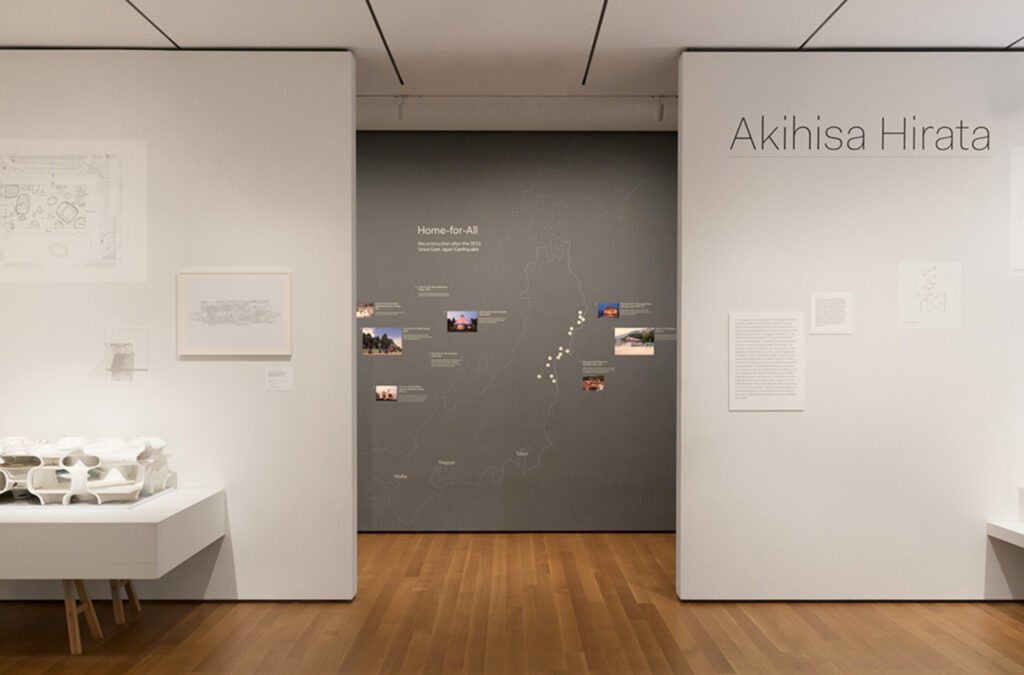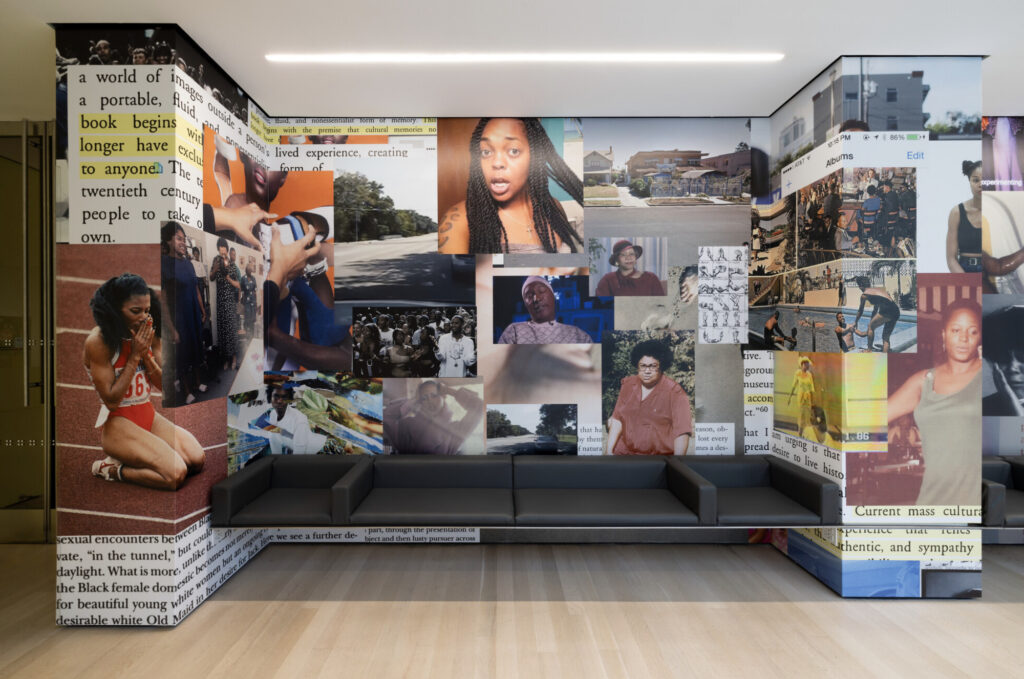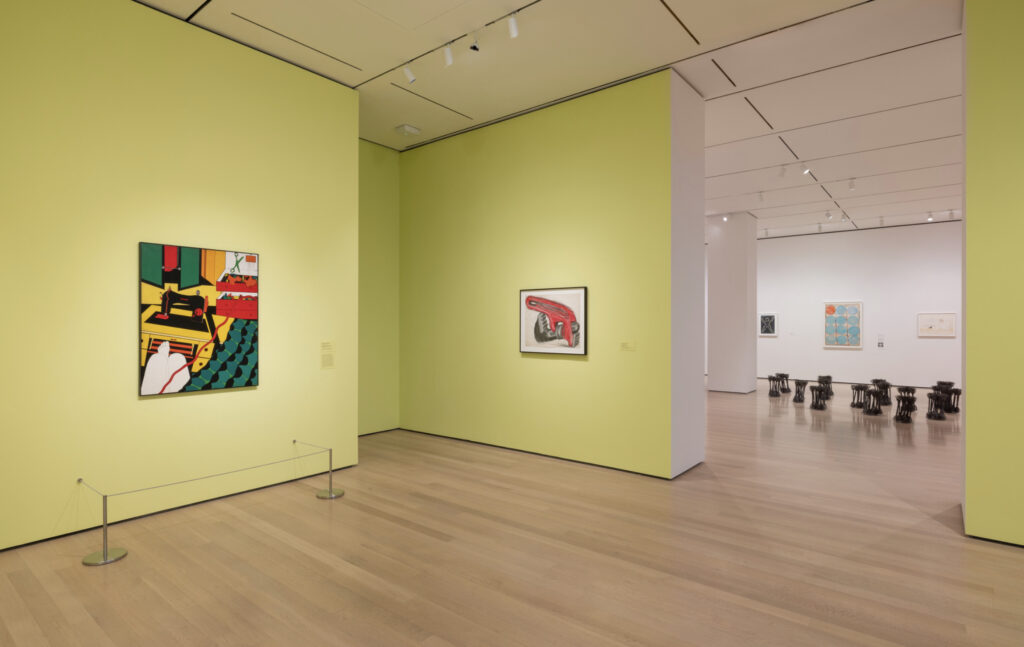Case Example: Design Reset for Circularity at MoMA
Museum of Modern Art (MoMA)
New York, New York, USA

New York’s Museum of Modern Art (MoMA) committed to advancing sustainability in how they operate the museum. The museum’s director challenged the museum and its staff to reduce the amount of waste it produces by 50% by 2025 – part of holistic MoMA wide sustainability commitments and efforts.
MoMA targeted several strategic areas of opportunity for reducing their greenhouse gas emissions (GhGs) including energy-efficiency of the building, GhGs associated with art and exhibition travel and business travel, and waste reduction across the organization. Their focus on waste includes making changes to reduce waste associated with events and the cafeterias for staff and visitors, and MoMA targeted waste and consumption associated with exhibition development.
MoMA’s Director of Exhibition Design and Production, Lana Hum asked: “How can we make things feel new and different and appropriate for a variety of exhibitions and still achieve zero-waste exhibitions building?”
The ever-changing nature of staged events presents a challenge, yet MoMA made bold circularity commitments, pushing its designers to rise to the occasion and achieve these sustainability goals.
To reduce exhibition construction waste, MoMA introduced a new approach to making bespoke environments. They established an ‘evergreen condition’ for every MoMA gallery. Evergreen refers to walls that never change. They are built with pre-framed openings that can open or close to adapt to different ways to move through galleries.
In addition to the evergreen walls, MoMA added prefabricated modular walls to enable change in gallery design and configuration. This eliminates the waste associated with building temporary walls for each gallery exhibition.


When an exhibition requires design of new elements, MoMA’s requires a focus on reuse, such as via adaptable design or modular design. One of MoMA’s in-house designers, Hiroko Ishikawa, collaborated with MoMA’s carpentry shop to design a new bench type. The goal was to maximize use of a standard sheet of plywood while creating a beautiful design.
For things that MoMA cannot reuse in an exhibition, they facilitate staff giveaways and donations to other arts organizations – such as donation of picture frames for artworks on loan.
MoMA also established a ‘not to exceed’ cap to limit the amount of drywall (sheetrock) used in any exhibition. For drywall that goes to waste, MoMA found a service provider committed to closed loop recycling. The company separates the paper from the gyprock and sends the gyprock for recycling into new gypsum products.
In what they call a ‘design reset’ MoMA challenged their team to standardize the design of all display cases so that they would have the “same visual language.” Rather than a design constraint, MoMA views this as a design decision that creates consistency while avoiding new materials consumption and reducing waste. Standardizing display case design required a significant coordination effort to track, refurbish, and relocate 100s of display cases around the museum.
Lana Num, Director of Exhibition Design and Production acknowledges the complexity of that task but says, the real challenge is the mindset shift to designing circular exhibitions. “It’s always easier to start from scratch. It’s easier to build a new pedestal than to adapt an old one for a different use. It’s easier to imagine a new space than it is to retrofit an existing one.”
Are these policies and commitments making an impact? MoMA has reduced exhibition waste by 82%.
“We’re asking curators and artists to work with us in these ways. Yes, it is in service to sustainability, but in the end it’s just good design.”
-Lana Num, Director of Exhibition Design and Production, MoMA. Video presentation: Strategies to Slash Waste and Maximise Building Efficiency at MoMA, Green Museums Summit, 2023.